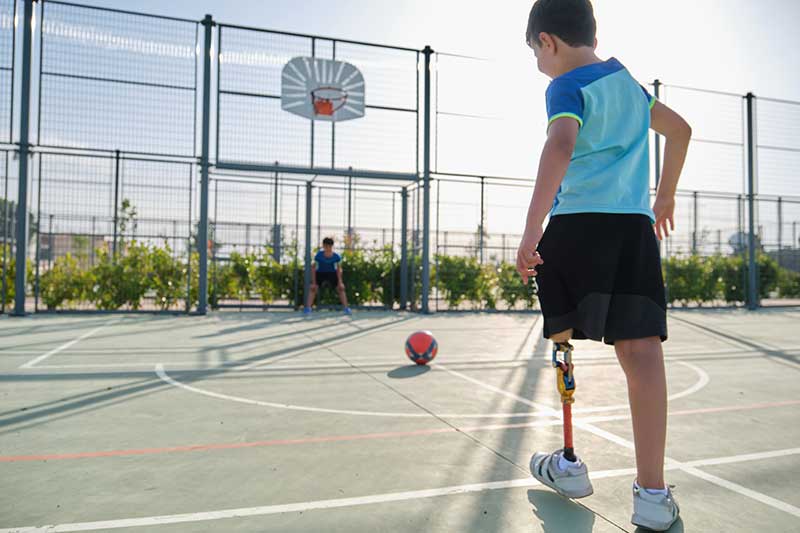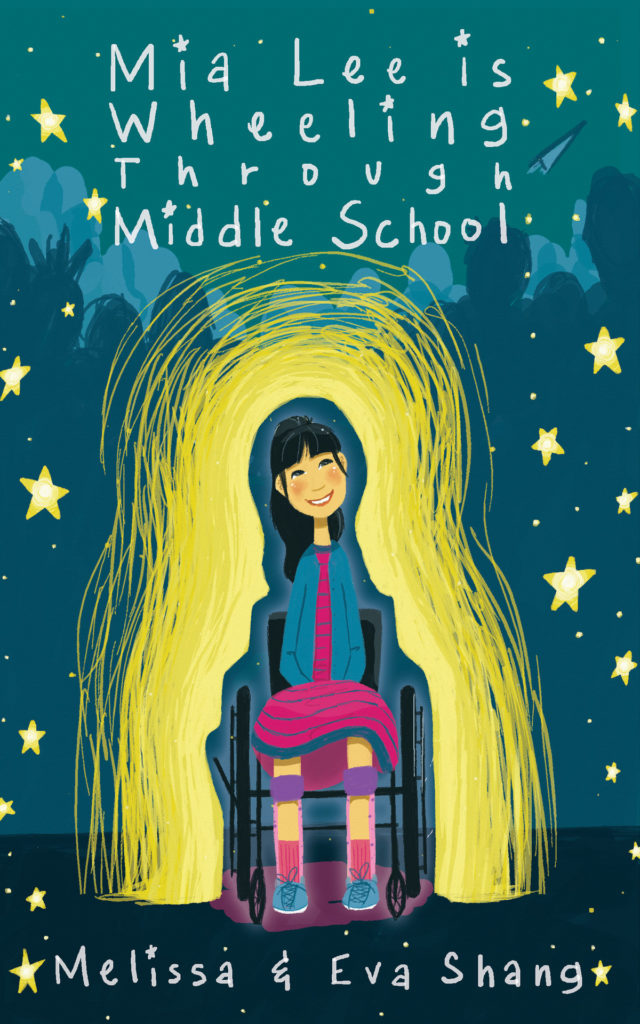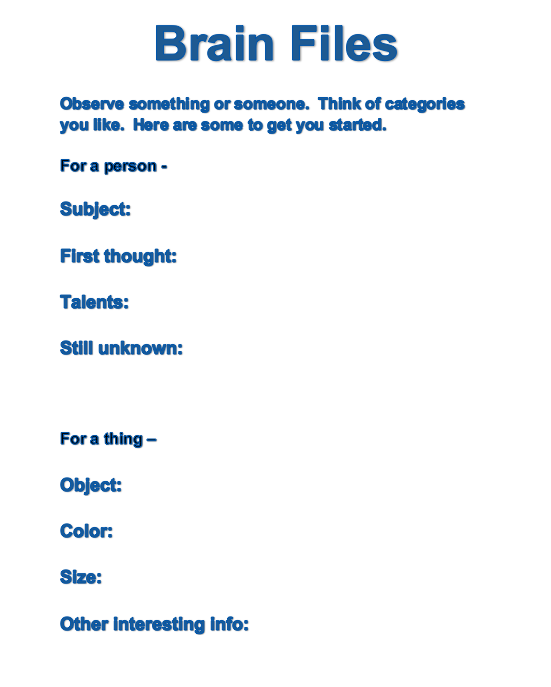ENRICHMENT
Physical Disabilities Resources
This unit helps students understand that there are different kinds of physical disabilities that affect different parts of the body, and that someone who has a physical disability can use a variety of useful techniques and assistive technology to be independent and to participate in activities of daily life.
Key themes:
- Having a physical disability is among the many traits that contribute to making a person the individual that he or she is.
- Individuals can experience a broad spectrum of physical disabilities, some of which may not be visible.
- People with physical disabilities use different adaptations, including complex and simple personal devices, to do everyday tasks and to function more independently.
- Barriers can prevent people with physical disabilities from being included fully. Universal or inclusive design strives to create a world that enables more people to participate fully.
- People with physical disabilities do lots of things like play sports and participate in other activities, sometimes with adaptations.

Suggested reading
We suggest reviewing our extensive guide to finding suggested reading titles online, for free or at very low cost. You can find our guide here.

Mia Lee is Wheeling Through Middle School, by Melissa Shang and Eva Shang
For grades 4-7
Summary:
Hello, sixth grade! Mia Lee is a stop-motion filmmaker with a wheelchair and a lot of sass, trying to survive her new middle school. Which doesn’t seem so easy when she’s running for Video Production Club President against certified Middle School Mean Girl, Angela Vanover. Things get weird when Angela starts being nice to her – well, when other people are around, at least. But when Mia’s campaign posters for VP Club President mysteriously vanish – no tape, no poster, no nothin’ – the presidential race gets real. With the help of her brain files, an awesome aide with keys to the whole school, and her friends, Rory, Daniela, and Caroline, Mia finds herself on a mission to prove Angela isn’t just an ordinary middle school mean girl, she’s a thief!
Questions to consider:
- Did you know anything about Charcot-Marie-Tooth syndrome, a form of muscular dystrophy, before reading Mia Lee is Wheeling Through Middle School? What do you know now?
- How did your feelings about using a wheelchair change after reading this book?
- What are some of the ways Mia mentions that having this disability makes her different? How do you think she is the same as any other new middle school student?
- Who are some of Mia’s allies, including adults, in the book? How do they treat her?
- Who are some of the characters who make Mia and her friends’ change to middle school more challenging? Why do you think some of the characters bully Mia and her friends?
- How does the topic that Mia chooses for her campaign video for Video Production (VP) Club help not just her out, but other kids with disabilities as well?
- If you were in the VP Club, what would your video be about? Would it help others as well?
- What do you think that Mia means when she says “Charcot-Marie-Tooth is my disability, not yours” to her mom?
Some interesting information about the author of this book:
Melissa Shang is a student at Harvard University. Born with a form of muscular dystrophy called Charcot-Marie-Tooth, Melissa is a disability advocate and an American Girl fan. When she was in middle school, with the help of her sister Eva, Melissa launched a viral petition for a disabled American Girl doll that was featured in Cosmopolitan, USA Today, CBS, HLN, IB Times, and other major news outlets and raised massive public attention to disability representation in children’s toys. Though the petition did not result in an American Girl doll, it did inspire Melissa and Eva to write Mia Lee is Wheeling Through Middle School.

Feeling more adventurous? Learn how to make a stop motion video of your own, just like Mia Lee!
Here are some great instructions from The Boston Children’s Museum and a cute example: https://www.instructables.com/id/Stop-Motion-Animation-for-Kids/

